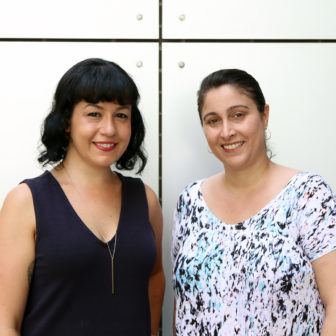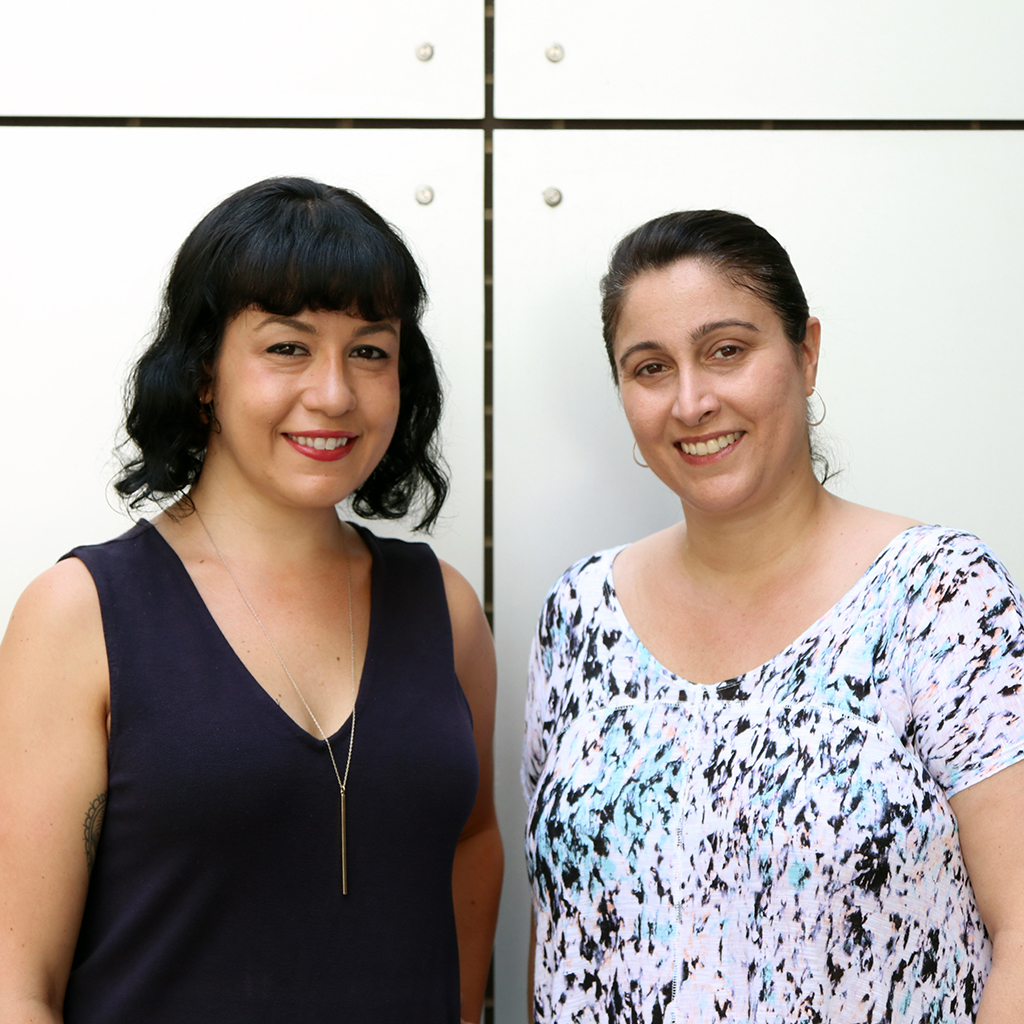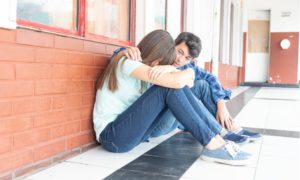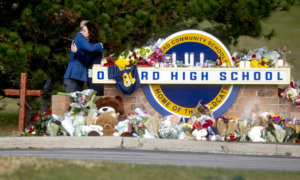 Olivia can’t sit still long enough to get through a single lesson in her second-grade class. Jayson picks fights with other kids without the slightest provocation and has trouble expressing his emotions. Aaron zones out when the teacher asks him questions, and walks around the playground with his head down while other children play.
Olivia can’t sit still long enough to get through a single lesson in her second-grade class. Jayson picks fights with other kids without the slightest provocation and has trouble expressing his emotions. Aaron zones out when the teacher asks him questions, and walks around the playground with his head down while other children play.
As professionals who work with children, our mind cycles through potential diagnoses: Does Olivia have attention deficit hyperactivity disorder? Does Jayson have autism? Does Aaron have a learning disorder? Perhaps. But all these behaviors have one thing in common: They may be a manifestation of the trauma inherent in exposure to intimate partner violence.
In the United States, 15.5 million children live in families where intimate partner violence occurred at least once in the past year. For children who live in a home with intimate partner violence (IPV), the one place that should be most safe and secure can feel like a war zone. While children are often physically harmed by the abusive partner’s actions, there are also countless other ways that person’s behavior hurts family functioning, all of which damage a child’s well-being.
As educators, child welfare and human services professionals, it’s absolutely critical to recognize the signs of possible IPV as soon as possible and to create paths toward healing. As noted above, those signs can often be mistaken for other issues. Misdirected treatment means that kids aren’t getting the correct responses to meet their needs.
It’s also important to know the different ways that kids can be exposed to IPV that are not so obvious. They do not have to see the abuse directly to be affected by it. The violence disrupts their essential daily routines, affects the survivor’s ability to parent and undermines children’s sense of what it means to be safe. It impairs a child’s ability to sleep. Kids are often caught up in the abuse when the violent partner uses them as a weapon to threaten and coerce the survivor.
What’s more, trauma can actually harm the development of children’s brains, resulting in overactive stress responses that may cause them to have difficulty in social, home and school settings. These impacts are even felt before children are born.
Signs of trauma, abuse exposure in children
Recognizing the signs of trauma and IPV exposure is not always simple. Symptoms manifest themselves differently in different children and across the various developmental stages. For example, babies may experience sleep and eating disturbances, an exaggerated startle response and an inability to be comforted. Toddlers may exhibit slow motor responses, extreme separation anxiety from their primary caretaker or they may not know how or when to play.
In elementary school-aged children, like Olivia, Jayson and Aaron, behaviors vary greatly from child to child. Kids like Olivia are often hypervigilant, experience difficulty concentrating and are fearful of staying still too long. They have learned to expect that the world is not a safe place and are constantly scanning for the next threat. They may act out and bully other children, like Jayson, and have trouble expressing their emotions in a family where they’ve been told that talking about feelings is forbidden or not safe. Children may also experience intrusive thoughts or flashbacks related to the trauma they suffered, like when Aaron “goes somewhere else” in his mind or feels numb.
In teens, trauma symptoms can very easily look like behaviors we are quick to punish: violence toward peers or in their own relationships, truancy, drug or alcohol abuse, and lack of involvement with social groups. Only in recognizing these symptoms as a function of trauma can we truly begin to help children heal.
How can we help children heal?
Break the silence. Children often believe that they are at fault and that they have caused the IPV in their home. Some are even told by the abusive partner that if they just behaved or were “better” that the abuse wouldn’t have happened. Children need to hear that it isn’t their fault — not only from their parents but also from anyone working with that child in a professional capacity.
Given the guilt kids carry, many will cope by becoming the overachieving model child who just wants to please adults. It’s important to recognize that even though children may not show the outward symptoms of behavioral issues, depression or anxiety, studies show that they are still just as affected by trauma exposure.
It is important to let children know that it’s OK to talk about the abuse. Use simple facts to the extent that you know them. Encourage parents to talk about the abuse too: (“Mom and dad had a fight. Mom got hurt.”) Let kids know that any and all the feelings they’re experiencing are OK. Give reassurance and give them a chance to ask questions.
Get help: you are not alone. Educators and child welfare professionals help families with so many challenges every day. We need to rely on the support of others to assist with the complex challenges children face. Consult with an IPV expert, link families to IPV-specific supportive resources (including trauma-informed therapy and supportive groups for children), provide families with the number for the National Domestic Violence Hotline.
Establish healthy routines and boundaries. Children’s boundaries and sense of what it means to have a safe, stable routine are disrupted when violence occurs in the home. When one parent is abusive, children don’t know if they’ll be sitting down to dinner at night or if it will be thrown on the floor. You can help create that stability in whatever setting you are seeing the child in, and provide support and education to parents to create important routines and boundaries as well.
Using nonviolent discipline to establish rules is also essential in helping traumatized kids heal. Children who are exposed to violence learn it is an acceptable way to gain power and get what they want. Set limits while explaining why helps develop healthier behavior regulation. (For example, “Someone might get hurt,” or “That’s not respectful.”)
Work on self-care: This is difficult work. In the spirit of making sure you get expert help for kids, also ensure that you take care of yourself. Ultimately, you will be able to better serve the children and families with whom you work if you feel supported and strong.
Recognizing and understanding the signs of trauma and giving children a space to begin to talk about the abuse are vital to increasing resilience. Educators and professionals play an important role in supporting children on the pathway to healing.
Kaylin Padovano has spent nearly a decade in the field of intimate partner violence services as a training and capacity-building coordinator, community educator, researcher and licensed social worker in New York state.
Nazy Kaffashan is a licensed mental health counselor who has worked as a psychotherapist, senior clinician and group coordinator serving survivors, abusive partners and children impacted by trauma and intimate partner violence for more than 15 years.
































